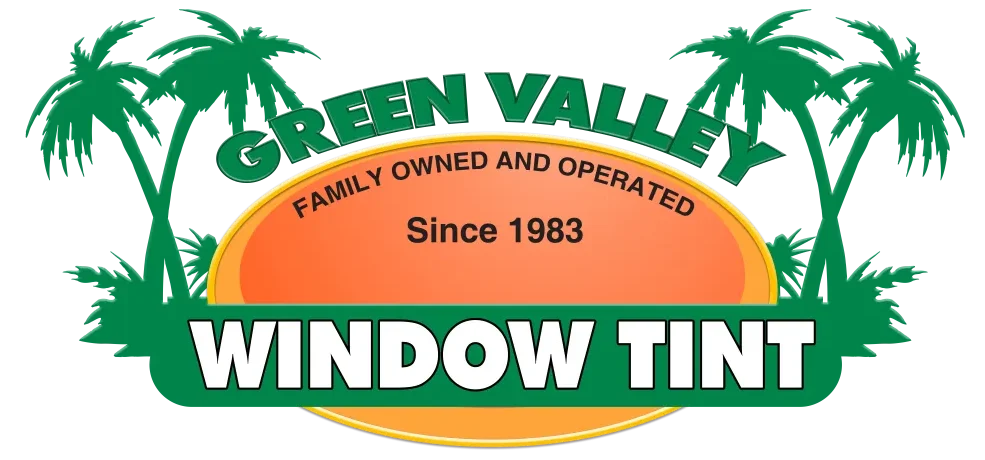Have you ever wondered why paint protection services come with varying price tags? It’s not just a random number; there are several factors at play that determine the cost of safeguarding your vehicle’s precious paint job. In this, we’ll dive into the intricacies of paint protection pricing, shedding light on the key factors that contribute to the final figure: total square footage, materials used, and the degree of installation difficulty.
1. Total Square Footage: Size Matters
One of the most straightforward factors affecting the price of paint protection is the total square footage of the vehicle’s surface that needs to be covered. Just like purchasing a larger canvas for a painting will cost more, a larger vehicle with a greater surface area requires more protective film to achieve complete coverage. This correlation between size and price is intuitive: the more film needed, the higher the material and labor costs.
2. Materials: Quality and Variety
The type and quality of paint protection materials used are critical determinants of pricing. Paint protection films (PPFs) come in a range of options, from basic to premium. High-quality PPFs often offer better clarity, enhanced UV resistance, and improved self-healing properties. The cost of the materials themselves can vary significantly, impacting the overall price of the protection package. Moreover, some PPFs are engineered to protect against specific environmental elements, such as rock chips or UV radiation, which can also influence the price based on the desired level of protection.
3. Degree of Installation Difficulty: Skill and Precision
Paint protection installation is an art that demands skill, precision, and expertise. The complexity of installing PPF on different vehicle contours, curves, and crevices can greatly impact the difficulty of the job. Vehicles with intricate designs, sharp angles, or challenging surfaces require more time and expertise to ensure seamless application. As the degree of installation difficulty increases, so does the amount of effort and labor required, thereby influencing the final price.
4. Additional Factors: Customization and Coverage
Beyond the core factors of square footage, materials, and installation difficulty, other variables can contribute to the overall price of paint protection. Customization plays a role; if you opt for custom patterns, colors, or coverage options (such as full vehicle wraps), the price will naturally reflect the added complexity and unique requirements of your request. Moreover, additional services like paint correction or detailing before applying the PPF can impact the final cost.
When it comes to paint protection pricing, it’s not a one-size-fits-all scenario. The cost is determined by a combination of factors, each contributing to the final sum you see on the invoice. Total square footage, the quality of materials, and the degree of installation difficulty are the core components that shape the price of paint protection services. As you consider protecting your vehicle’s paint job, remember that investing in quality materials and skilled installation can offer peace of mind and long-term value.
Before you commit to a specific paint protection package, take the time to consult with professionals, discuss your options, and understand the breakdown of costs. With a clear understanding of the factors at play, you can make an informed decision that suits your budget and ensures your vehicle receives the protection it deserves. After all, safeguarding your vehicle’s paint isn’t just about preserving its appearance—it’s an investment in its longevity and resale value.
Contact us today, we service Las Vegas and the surrounding communities.





